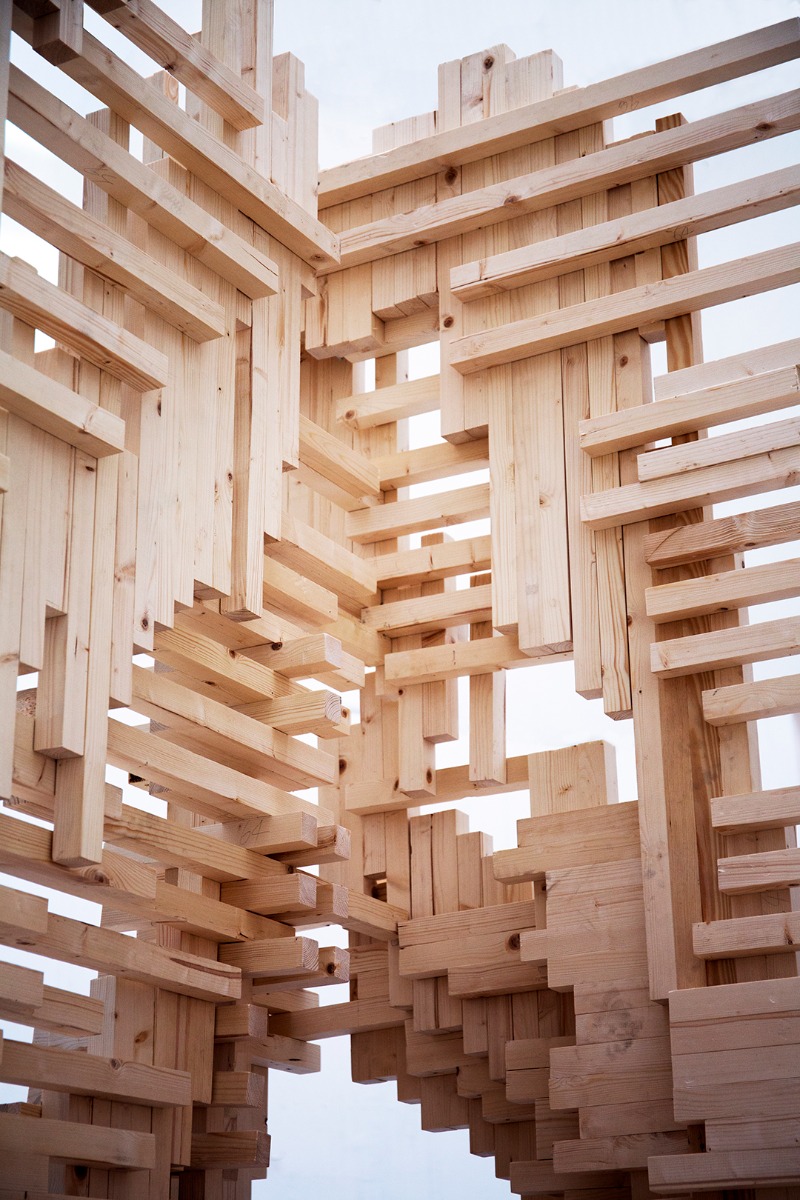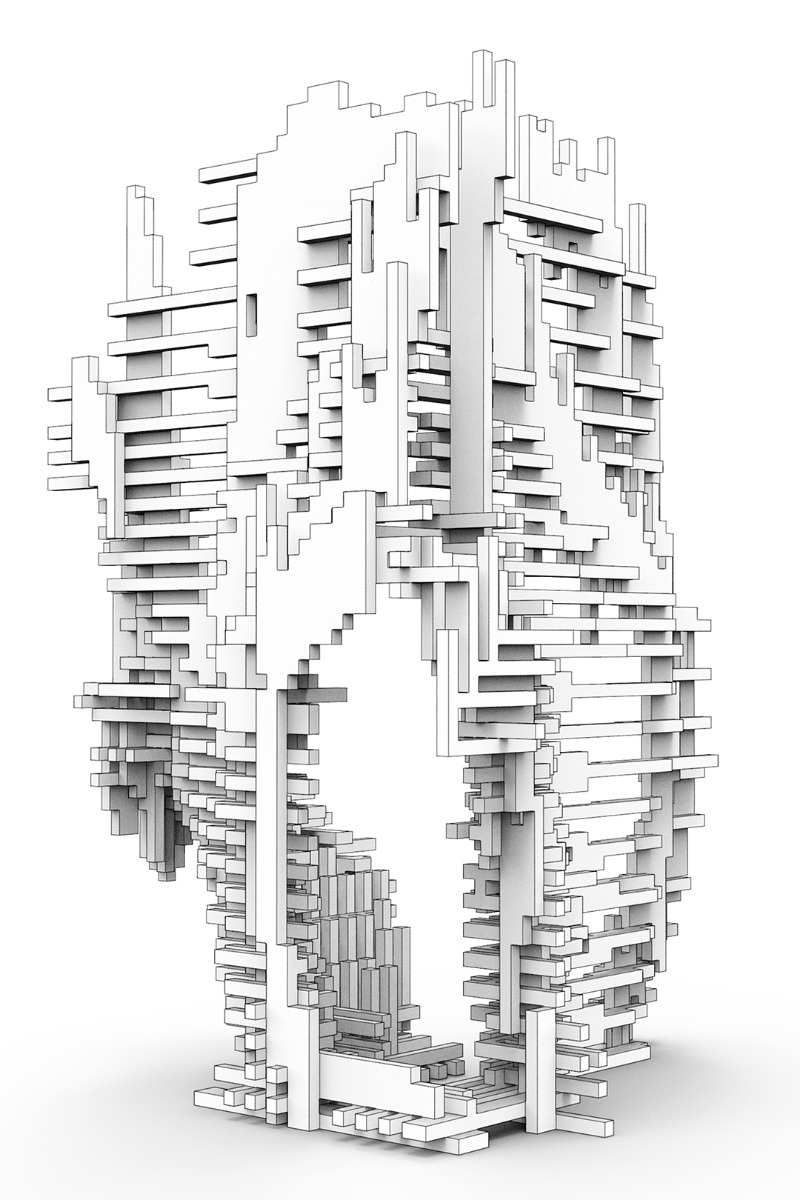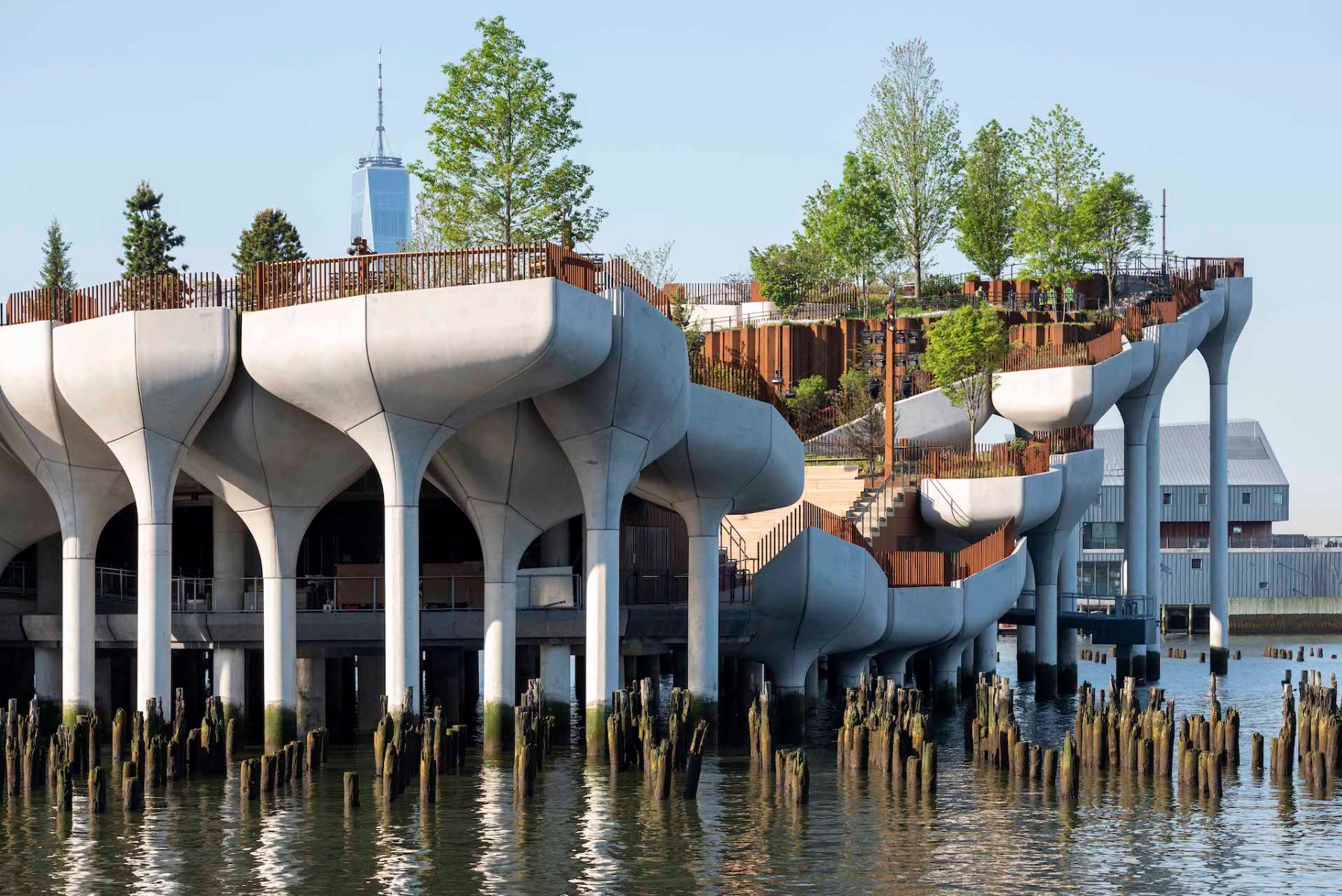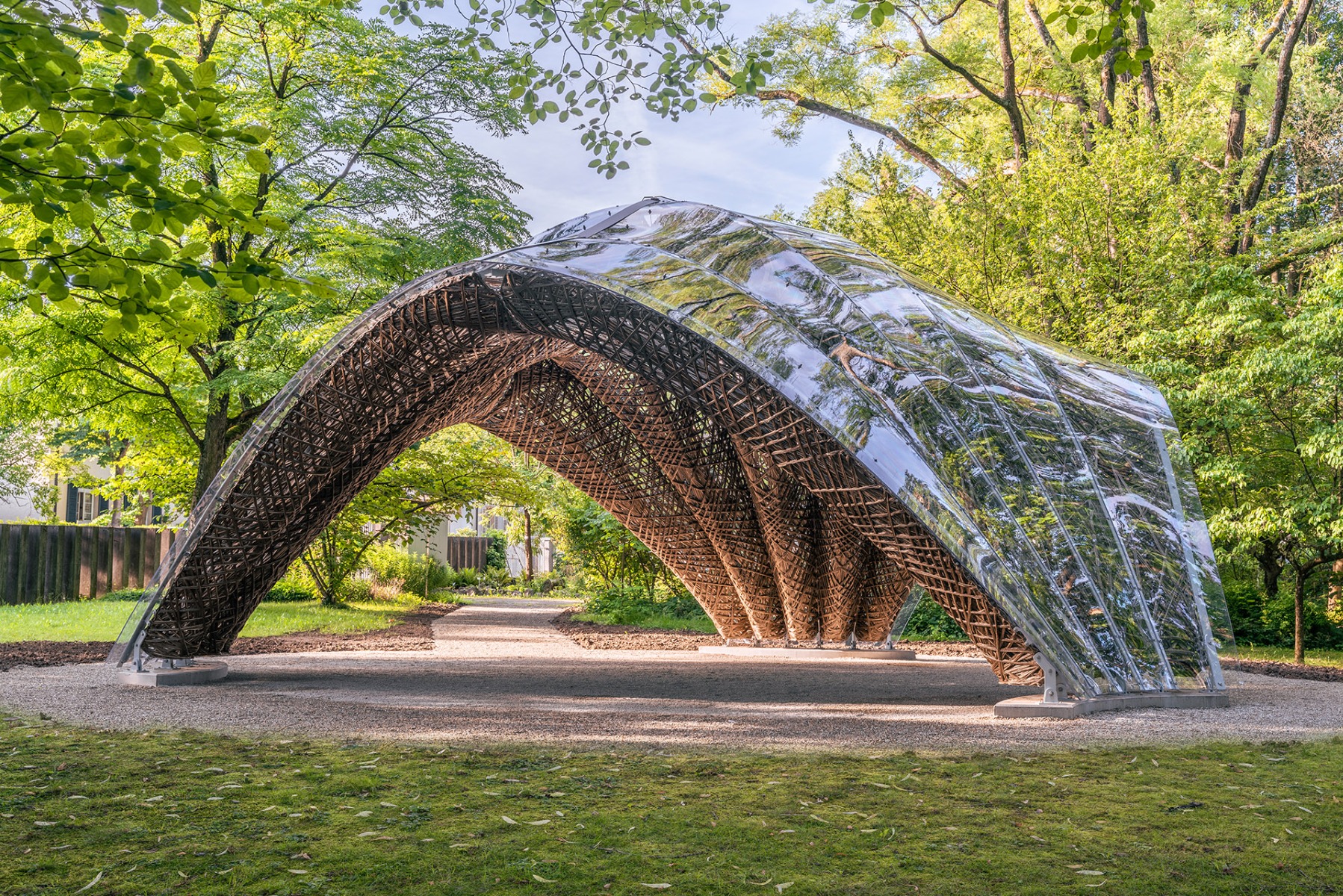Algorithms and architecture
Computer-Supported Growth Simulations

© Alexandra Moisi; all images copyright by Igor Pantic, Christoph Klemmt, Andrei Gheorghe
Lorem Ipsum: Zwischenüberschrift
Growth simulations are nothing new to biologists. As far back as the late 1960s, Astrid Lindenmayer developed a system that could, with few rules, imitate the growth of plants.


© Igor Pantic, Christoph Klemmt, Andrei Gheorghe
Lorem Ipsum: Zwischenüberschrift
In contrast, growth simulations in architecture were long considered more of a game or were simply thrown into the same pot as computer-supported free forms. However, they can be used not only to generate new ideas, but also to examine classic design tasks in terms of optimal density, even in shifting framework conditions.
Lorem Ipsum: Zwischenüberschrift
In 2018, the Styx installation was created by Igor Pantic, Christoph Klemmt and Andrei Gheorghe as a joint project of the AA Visiting School Vienna at the Wiener Angewandte. The students investigated form-finding based on processes in cellular growth.


© Alexandra Moisi; all images copyright by Igor Pantic, Christoph Klemmt, Andrei Gheorghe
Lorem Ipsum: Zwischenüberschrift
Made of standardized wooden blocks, Styx grew into a larger-than-life installation. An algorithm independently positioned all the pieces and calculated the material needed in each situation. The wood components had been prefabricated in two days and were set in place with precision thanks to support from augmented reality.


© Alexandra Moisi; all images copyright by Igor Pantic, Christoph Klemmt, Andrei Gheorghe


© Alexandra Moisi; all images copyright by Igor Pantic, Christoph Klemmt, Andrei Gheorghe
Cellular growth
Growth simulation corresponds to the arrangements of cells in a space. In order to grasp the project in constructive terms, the cells were placed in a three-dimensional grid. Further parameters directed the density and orientation of the building parts. Finally, an iteratively updated structural analysis evaluated the viability of the architectural body, which actually demonstrates similarities with sponge structures: great stability with little mass.


Dies ist eine Bildunterschrift
Lorem Ipsum: Zwischenüberschrift
Beiträge immer mit einem Textblock abschließen
Projecttitel: Styx
Workshop: Architectural Association Visiting School at the Angewandte Vienna
Tutors: Igor Pantic, Christoph Klemmt, Andrei Gheorghe
Teaching Assistants: Alexandra Moisi, Nasim Nabavi, Saba Nabavi, Adam Sebestyen
Students: Diana Khotimskaya, Diana Marin, Tamara Salman, Nuraddin Kazimov, Irina Balan, Qinya Liu, Ada Gulyamdzhis, Iunia Borsa, Tianye Zhou, Xiye Mou, Guangrui Wang













